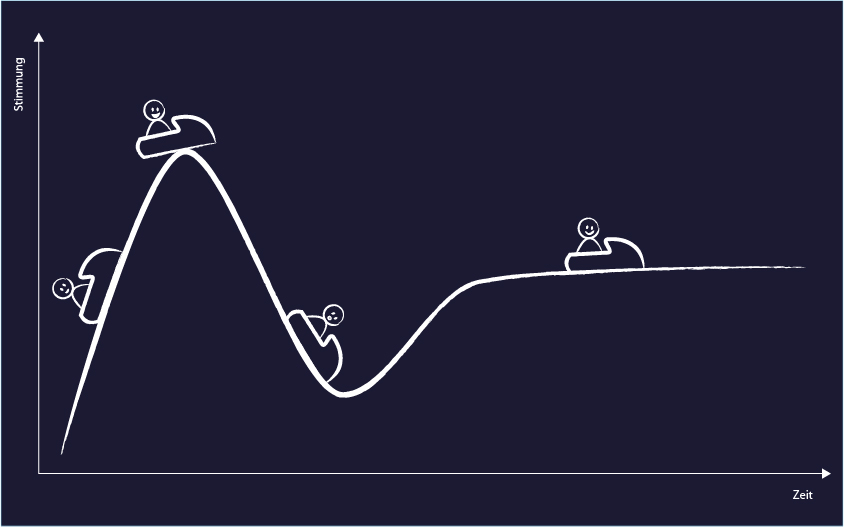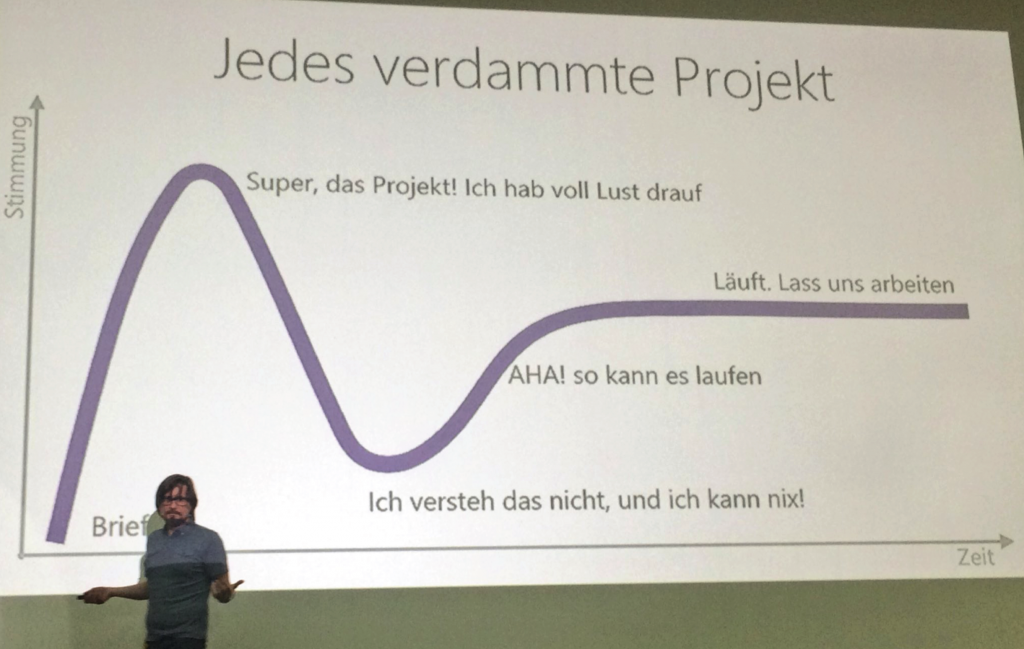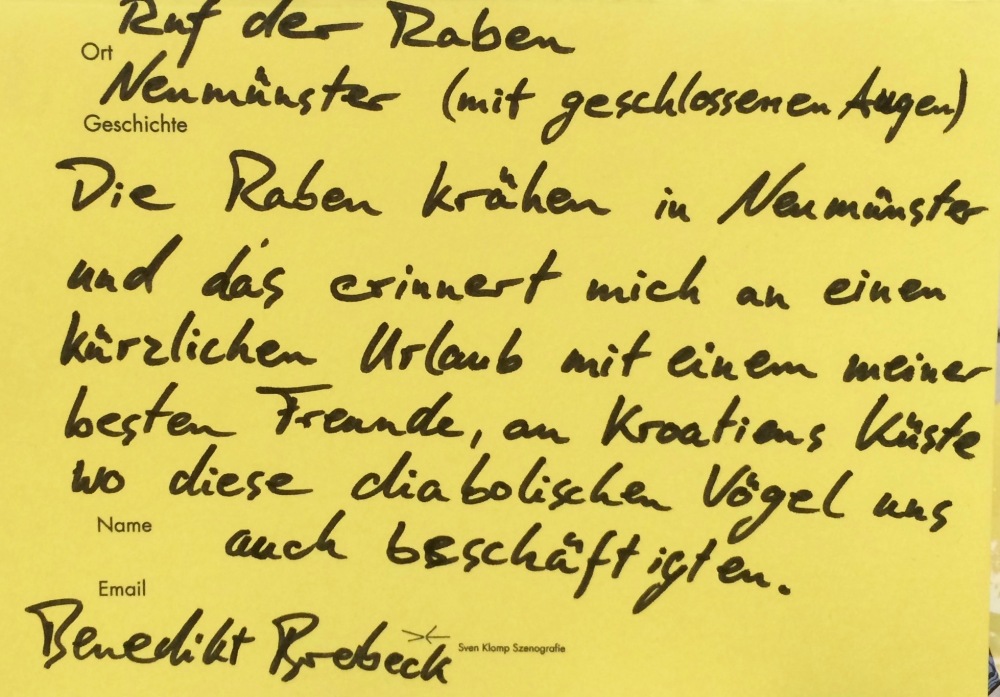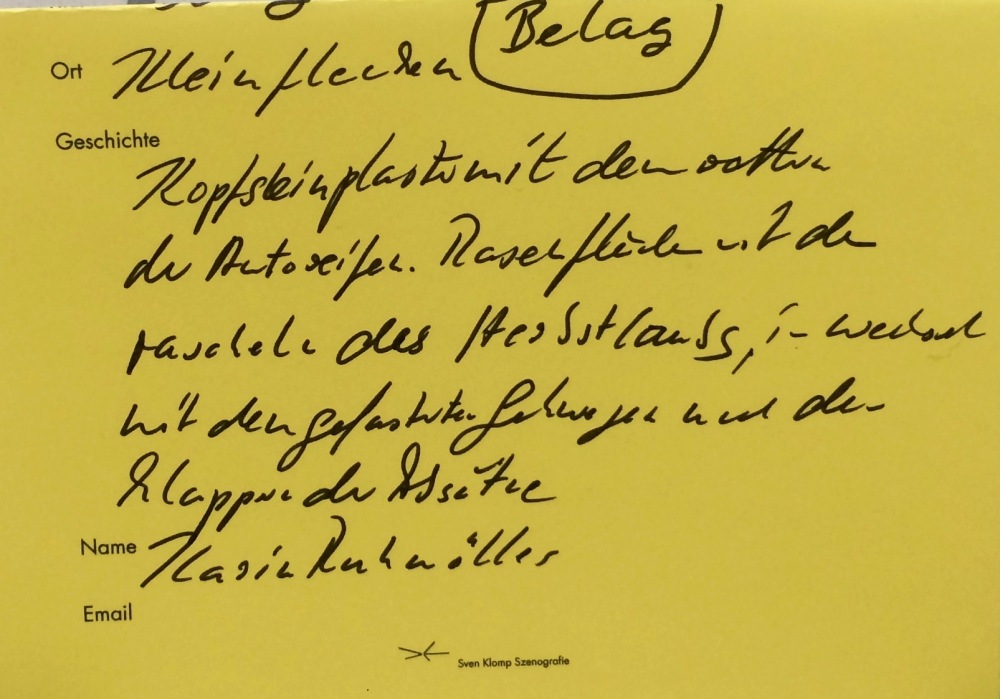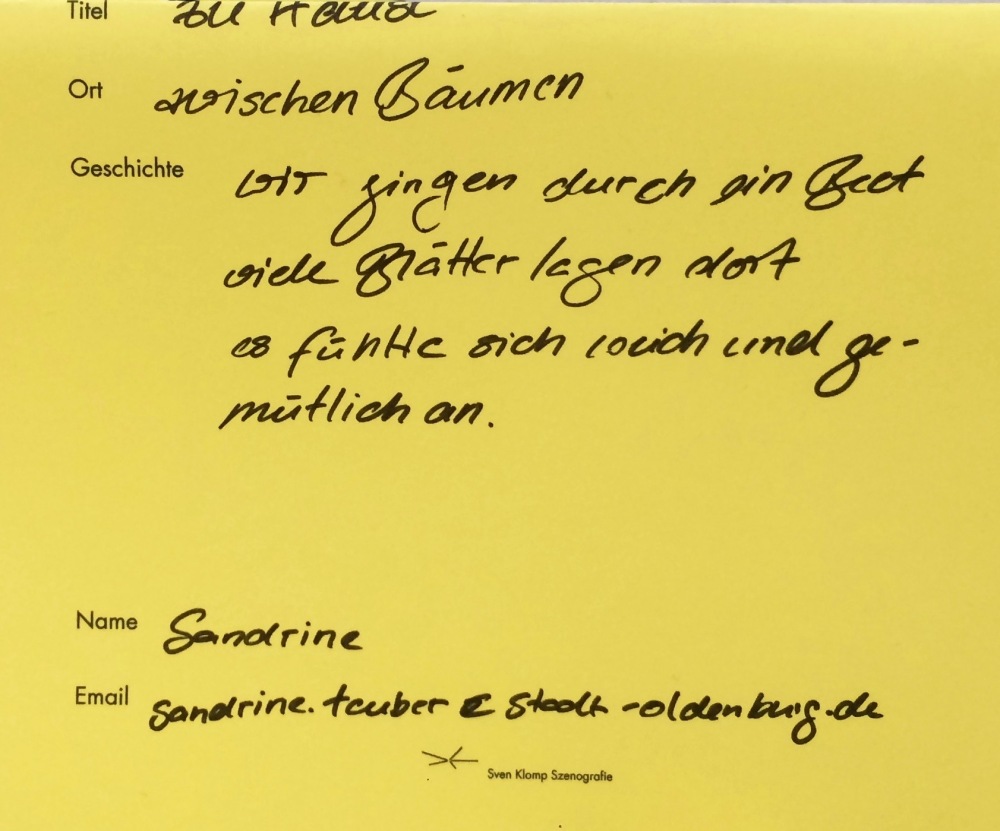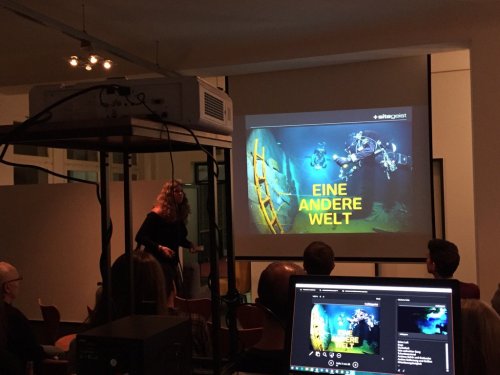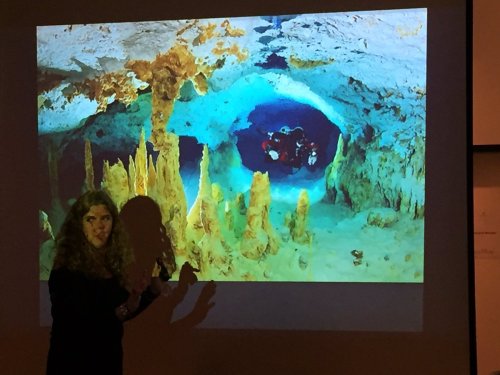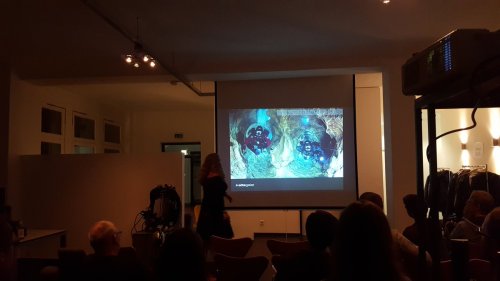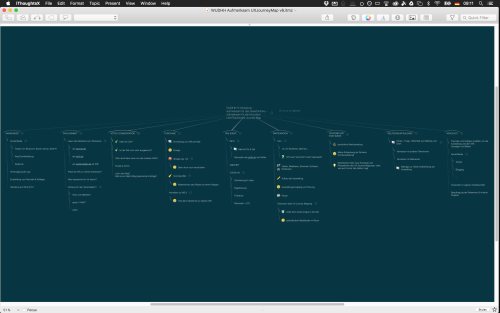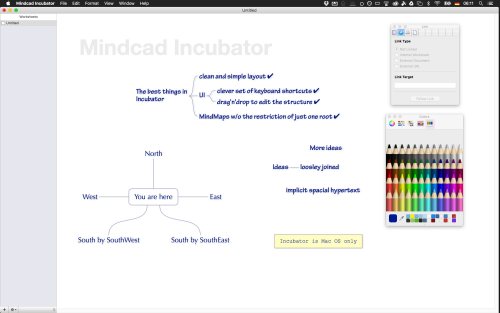Für die Hololens Anwendung benötige ich diverse Elemente, wie eine Lebensanzeige, Karten, Anzeige der gefallenen, einige Emblems und einen Kompass. Diese Elemente sollten im gleichen Stil gestaltet sein, sie sollten aussehen als wären sie über 100 Jahre alt, man sollte auf den ersten Blick erkennen was die Symbole bedeuten und wo man sich befindet. Doch wie mache ich das?
Um die Elemente im gleichen Stil erstellen zu können, nutze ich Photoshop auf meinen Laptop. Aber warum Photoshop und nicht mit Feder und Tusche, wie früher? In Photoshop habe ich die Möglichkeit mir ein Papier zu erstellen, welches total alt aussieht. Außerdem habe ich die Möglichkeit mir den perfekten Pinsel zu erstellen und darüber hinaus, kann ich das ganze in After Effects animieren. Dies sind, so finde ich, drei wertvolle Gründe für die digitale Erstellung all meiner benötigten Elemente.

Mein verwendetes Papier. Dies erstellte ich in Photoshop, da es so aussehen soll wie 203 Jahre alt.

Dies sind alles Pinsel, welche ich ausprobiert habe.
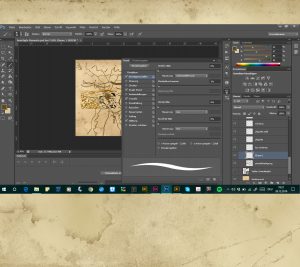
Das sind die Einstellungen und die Form meines verwendeten Pinsels.
Zuerst setze ich mich mit der Karte, dem Schlachtplan auseinander. Hierbei besteht die Schwierigkeit alle Information die nützlich ist einzufangen, ohne das diese stört, wie ein Riss in der Scheibe wirkt oder total unnütze ist. Dafür erstellte ich eine Grundkarte. Auf diese baut alles andere auf, alle anderen Elemente orientieren sich an diese Grundkarte. Da die Karte Orientierungspunkte benötigt, erfolgt die Vollendung und diese Symbolik in der nächsten Kartenrunde. Doch zunächst, setze ich mit den Kompass auseinander. Der Kompass benötigt verschiedene Ansichten, da man ihn ein und ausblenden sollte und es nicht so wirken darf wie an- und ausknipsen. Außerdem braucht der Kompass ein edles Aussehen, da dies 1813 modisch war. Am allerwichtigsten ist, er sollte funktionieren und nicht nur Deko sein. Nach dem Kompass folgt die Lebens- und Todesanzeige. Diese müssen klar erkennbar sein und den Nutzer informieren. Diese sollten schnell erfassbar sein. Ein weiterer schwieriger Punkt stellt das Emblem dar. Diese sollten an Medaillen aus der Armee erinnern und zum Design von allem anderen passen. Sie müssen mit allem eine Einheit bilden, somit sollte die Kette auch sichtbar sein.

Dies ist die erste Kartenvariante. Die verwendete Schrift ist die Cock. Sie ist eine Schrift, welche an alte Karten und alte Zeiten erinnert.

Hier kamen noch die Elemente für die Verbündeten hinzu.

Die erste Kompassvariante in einer Draufsicht. Da sie wie die Karte in die Hololens eingeblendet wird, sollte sie sich mitbewegen können.

Der Kompass in seiner perspektivischen Form. Sieht irgendwie schräg aus?!
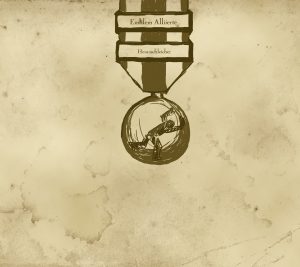
Das Emblem Heranschleicher für die Alliierten. Erhalt nach Gewinn der ersten Runde.
Dies sind meine Ersten Überlegungen zu den Elementen in der Brille. Zu diesen ersten Überlegungen werden weitere angestellt um die Einheit zu verdeutlichen. Außerdem stellen sie ein Teil des Erlebnisses dar. In den folgenden Überlegungen, werden die anderen Elemente gestalterisch in Angriff genommen und die Karte wird vervollständigt.
Der Artikel Alles für die Elemente: Runde 1 hat die Lizenz CC-BY-NC-4.0 CLIC, bzw. des jeweiligen Autors.

